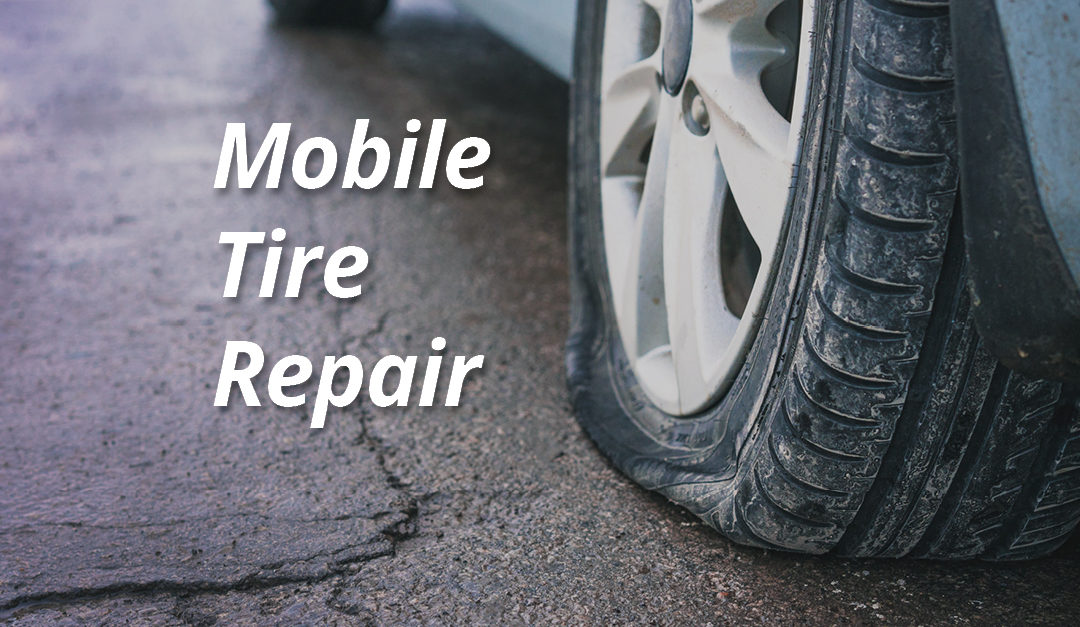Tire Solution: Proven Methods for Optimum Tire Maintenance and Treatment
From guaranteeing correct tire stress to regular rotation and positioning, there are tried and tested approaches that can considerably prolong the life-span of your tires and enhance general driving experience. Allow's dive into the world of tire solution and discover the keys to maintaining your tires in top-notch form for the long haul - Flat Tire Repair Las Vegas.
Value of Tire Stress
Sufficient tire stress promotes much better gas effectiveness, as under-inflated tires can lead to enhanced rolling resistance, creating the engine to work tougher and consume even more gas. Appropriate tire stress ensures even tread wear, improving tire durability and conserving money in the long run by delaying the requirement for early substitutes. Regularly changing and inspecting tire stress, particularly in the past lengthy trips, is a straightforward yet effective way to enhance car efficiency, expand tire lifespan, and prioritize safety on the road.
Tire Rotation Guidelines
When taking into consideration tire rotation guidelines, it is important to comprehend the importance of this maintenance task in taking full advantage of tire life expectancy and keeping optimal car efficiency. Tire turning includes transforming the position of each tire on a car to make sure even tread wear. Front tires have a tendency to use faster than rear tires because of guiding pressures, making regular rotation critical for balanced wear patterns. The recommended turning pattern differs depending upon whether a car is front-wheel, rear-wheel, all-wheel, or four-wheel drive. Typically, tires should be revolved every 5,000 to 7,500 miles, or as suggested in the automobile handbook. Overlooking tire rotation can bring about unequal wear, impacting handling, traction, and possibly compromising lorry safety and security. By sticking to appropriate turning standards, chauffeurs can expand the life of their tires, boost fuel performance, and improve overall driving experience. Normal turning is a simple yet reliable upkeep method that contributes substantially to tire durability and vehicle efficiency.

Advantages of Wheel Positioning
Making sure correct wheel positioning after tire turning is crucial for maintaining well balanced wear patterns and optimizing lorry efficiency. Additionally, correct wheel placement aids to expand the life-span of your tires. Misaligned wheels can create irregular tire wear, leading to early tire substitute and boosted maintenance costs.

Tire Footstep Depth Inspect
Executing a regular assessment of tire tread deepness is necessary for preserving safe driving problems and prolonging the life-span of your tires. Unequal tread wear can suggest issues with tire stress, positioning, or suspension, highlighting the significance of normal walk deepness checks. By integrating tire step depth checks right into your routine maintenance timetable, you can drive with self-confidence knowing that your tires are in top condition.
Seasonal Tire Assessment
An extensive evaluation of tire condition customized to details weather condition conditions is critical for preserving optimal efficiency and safety throughout the year. Seasonal tire examination is a basic element of tire upkeep that makes certain tires prepare to face the obstacles positioned by various weather. To prepare for winter season, it is important to inspect the tire pressure regularly as cool temperatures can create tire pressure to go down. Inspecting tire walk deepness is additionally important to make certain adequate traction on snow and frozen roadways. In addition, checking for indications of damage, such as bulges or splits, can help avoid prospective tire failings. As the periods adjustment, it is essential to assess tire condition and make any type pop over here of needed changes to guarantee safe driving. By carrying out regular seasonal tire examinations, vehicle drivers can prolong tire life expectancy, improve gas performance, and most importantly, ensure a protected driving experience in varying climate condition - Mobile Tire Change Las Vegas.
Verdict
To conclude, maintaining correct tire pressure, revolving tires frequently, aligning wheels appropriately, keeping track of step depth, and performing seasonal assessments are essential methods for optimal tire care. By following these verified approaches, motorists can guarantee their tires last longer, do better, and contribute to total car safety and security. It is very important click for info to focus on tire maintenance to stop accidents, enhance gas effectiveness, and lengthen the life expectancy of tires.
Ample tire pressure advertises better fuel performance, as under-inflated tires can lead to increased rolling resistance, triggering the engine to function harder and consume even more gas.When considering tire rotation guidelines, it is crucial to understand the value of this upkeep task in making best use of tire lifespan and preserving optimum lorry efficiency. Seasonal tire inspection is an essential facet of tire upkeep that ensures tires are ready to face the challenges positioned by various weather condition problems. By performing regular seasonal tire examinations, drivers can prolong tire lifespan, enhance fuel efficiency, and most importantly, guarantee a secure driving experience in differing climate conditions.
In conclusion, maintaining appropriate tire pressure, rotating tires frequently, lining up wheels correctly, keeping an eye on tread depth, and conducting seasonal inspections are important practices for optimal tire treatment.